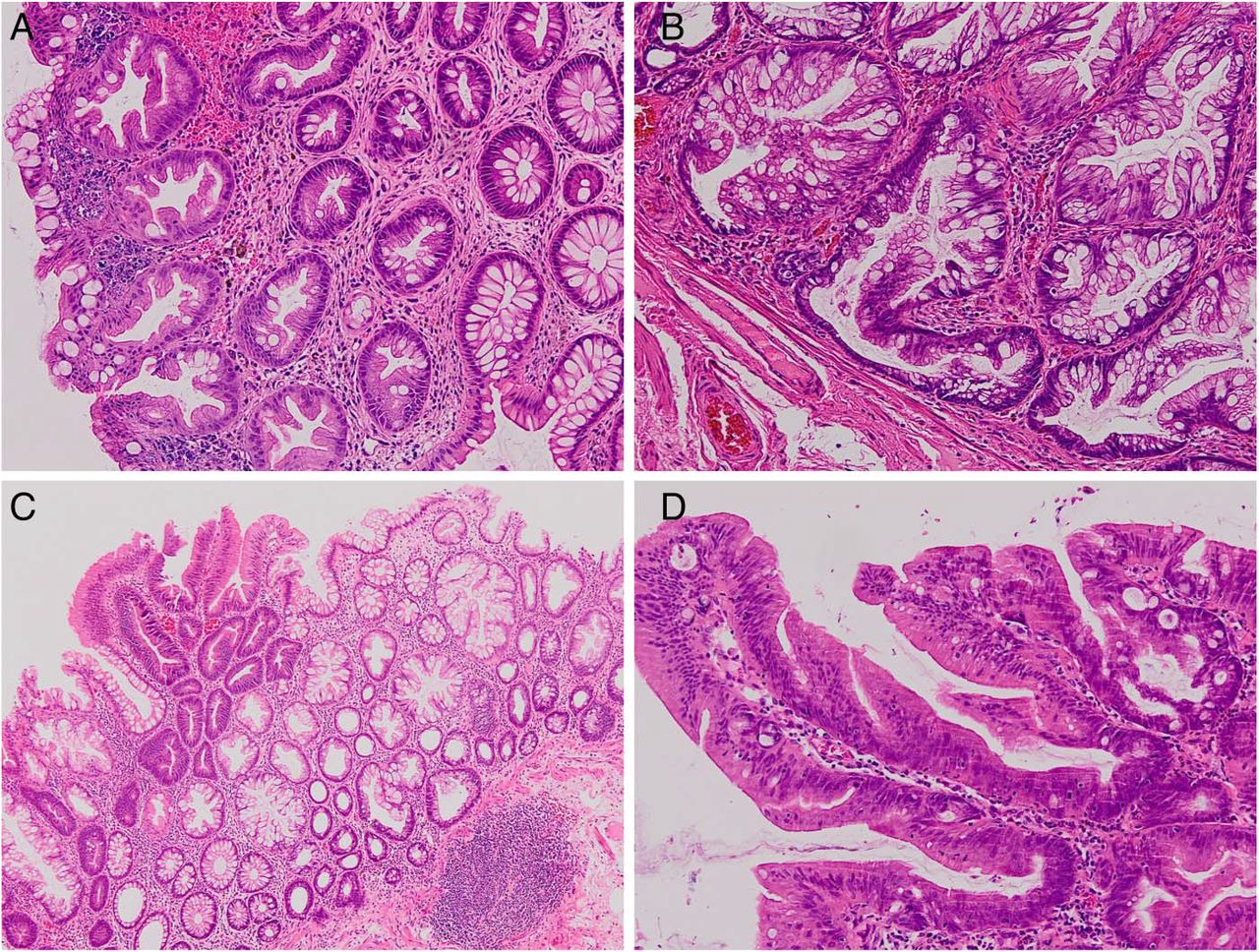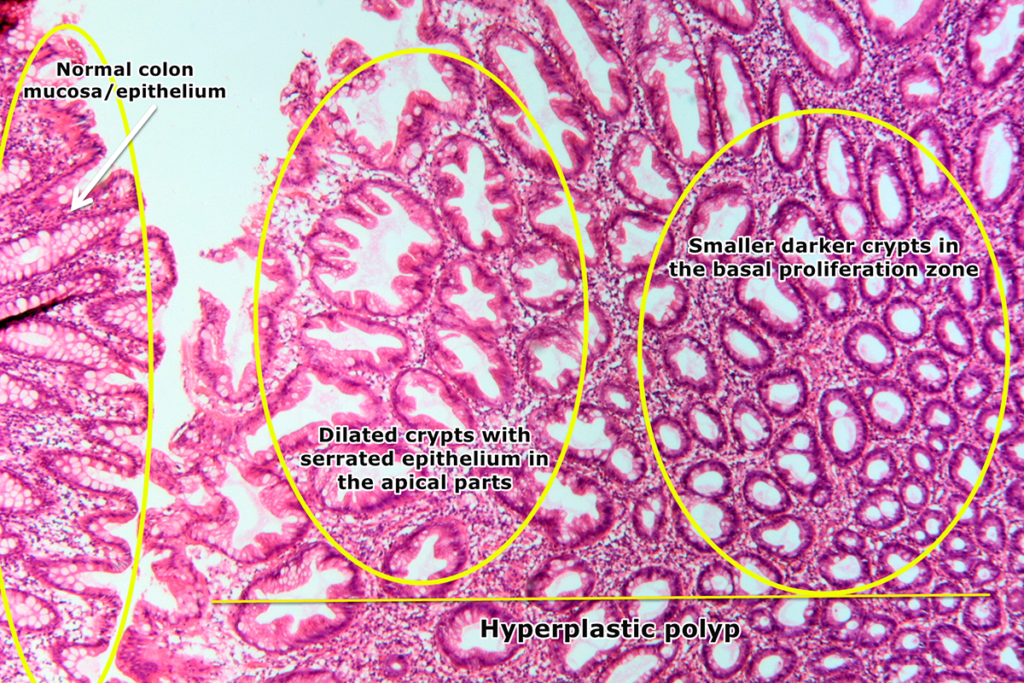Colon polyps, also known as colorectal polyps, are growths that form on the lining of the colon or rectum. While most polyps are harmless, some can develop into cancer over time if left untreated. Understanding the types, causes, symptoms, and removal methods for these growths is essential for maintaining good digestive health. In this article, we will explore everything you need to know about colon polyps in detail.

What Are Colon Polyps?
Colon polyps are abnormal tissue growths that arise from the inner lining of the large intestine. They can vary in size, shape, and texture, ranging from small, flat spots to larger, mushroom-like protrusions. Although many people with colon polyps experience no symptoms, regular screening is crucial because early detection can prevent complications such as colorectal cancer.
Types of Colon Polyps
There are several types of colon polyps, each with unique characteristics and risks. Below is a breakdown of the most common types:
Adenomatous Polyps
- These are the most common type of polyps and are considered precancerous.
- They have the potential to develop into colorectal cancer if not removed.
- Adenomatous polyps are further classified into tubular, villous, and tubulovillous subtypes based on their structure.
Hyperplastic Polyps
- These polyps are usually small and found in the lower part of the colon.
- They are generally not considered precancerous, especially when they are small and located in the rectum.
- However, larger hyperplastic polyps or those found in the upper colon may carry a higher risk.
Inflammatory Polyps
- These polyps often occur in individuals with inflammatory bowel diseases like ulcerative colitis or Crohn’s disease.
- They are typically not precancerous but can indicate underlying inflammation in the colon.
Serrated Polyps
- Serrated polyps have a saw-toothed appearance under a microscope.
- Some serrated polyps, particularly those located in the upper colon, may have a higher risk of becoming cancerous.
Hamartomatous Polyps
- These polyps are rare and often associated with specific genetic syndromes like Peutz-Jeghers syndrome.
- While they are usually benign, they can sometimes lead to complications if they grow too large.
Causes of Colon Polyps
The exact cause of colon polyps is not fully understood, but certain factors are known to increase the likelihood of developing them. These include:
Genetic Factors
- A family history of colon polyps or colorectal cancer significantly increases your risk.
- Hereditary conditions like familial adenomatous polyposis and Lynch syndrome predispose individuals to developing multiple polyps.
Age
- The risk of developing colon polyps increases with age, particularly after the age of fifty.
Lifestyle Factors
- A diet high in red meat and low in fiber may contribute to the development of polyps.
- Smoking and excessive alcohol consumption are also linked to an increased risk.
- Obesity and a sedentary lifestyle are additional contributing factors.
Chronic Inflammation
- Conditions like inflammatory bowel disease can cause ongoing inflammation in the colon, leading to the formation of polyps.
Symptoms of Colon Polyps
Many individuals with colon polyps do not experience any noticeable symptoms, which is why routine screenings are so important. However, some people may notice the following signs:
Blood in Stool
- Bright red blood or dark streaks in the stool can indicate the presence of polyps.
- Bleeding may also cause fatigue or shortness of breath due to iron deficiency anemia.
Changes in Bowel Habits
- Persistent diarrhea or constipation that lasts for more than a week could be a sign of colon polyps.
- Some individuals may also experience a feeling of incomplete bowel evacuation.
Abdominal Pain
- Large polyps can obstruct the colon, leading to cramping or pain in the abdominal area.
Rectal Bleeding
- Bleeding from the rectum during bowel movements is another potential symptom.
Diagnosis of Colon Polyps
To diagnose colon polyps, healthcare providers use various screening methods. These tests help detect polyps early, allowing for timely intervention. Common diagnostic procedures include:
Colonoscopy
- This is the gold standard for detecting colon polyps.
- A flexible tube with a camera is inserted into the colon to examine its lining.
- If polyps are found, they can often be removed during the procedure.
Fecal Occult Blood Test
- This test checks for hidden blood in the stool, which may indicate the presence of polyps.
Flexible Sigmoidoscopy
- Similar to a colonoscopy, this procedure examines only the lower part of the colon.
Computed Tomography Colonography
- Also known as a virtual colonoscopy, this imaging test provides a detailed view of the colon without inserting a scope.
Removal of Colon Polyps
Once colon polyps are detected, they are typically removed to prevent complications. The method of removal depends on the size, type, and location of the polyps. Below are the most common techniques used:
Polypectomy
- This is the most common method for removing small polyps.
- A wire loop is used to snare and cut off the polyp during a colonoscopy.
Endoscopic Mucosal Resection
- For larger polyps, this technique involves injecting a solution beneath the polyp to lift it away from surrounding tissues before removal.
Surgical Removal
- In cases where polyps are too large or cannot be safely removed during a colonoscopy, surgery may be necessary.
- This could involve laparoscopic surgery or, in rare cases, open surgery.
Follow-Up Care
- After polyp removal, regular follow-up screenings are recommended to monitor for new growths.
- The frequency of follow-up depends on the number, size, and type of polyps removed.
Prevention of Colon Polyps
While not all colon polyps can be prevented, certain lifestyle changes can reduce your risk:
Dietary Adjustments
- Increase your intake of fruits, vegetables, and whole grains.
- Limit consumption of red meat and processed foods.
Regular Exercise
- Aim for at least thirty minutes of moderate exercise most days of the week.
Maintain a Healthy Weight
- Obesity is a known risk factor for colon polyps, so maintaining a healthy weight is crucial.
Avoid Smoking and Excessive Alcohol
- Both smoking and heavy drinking increase the risk of developing polyps.
Screening and Early Detection
- Begin regular screenings at the age recommended by your healthcare provider, especially if you have risk factors.





